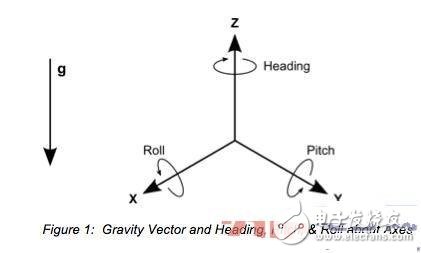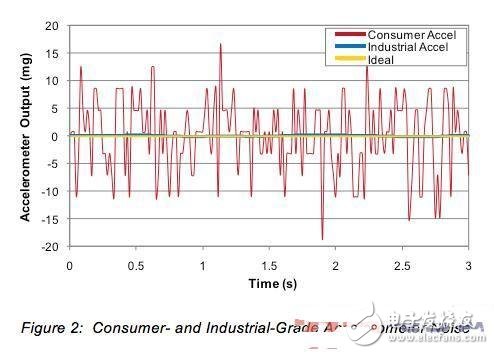In the past two years, motion sensing technology has become increasingly widespread—found in video game consoles, smartphones, TV remotes, and personal fitness devices, much like how we now geotag photos, play games, or switch channels on a cable TV box. These devices are not just aware of where we are, but also understand our goals, movements, and directions—up, down, around, and side to side. This is made possible by a growing number of compact, affordable, and high-speed sensors. When optimally integrated, they can accurately track our movement in both space and time. These sensor kits, which include accelerometers, gyroscopes, and magnetometers, offer impressive motion tracking capabilities, especially when combined with modern GPS systems.
However, the full potential of these small sensors is still being explored. There are two main reasons for this. First, extracting useful data from them and integrating it into reliable pointing and tracking information is more complex than many realize, often requiring significant manual effort. Second, there's a common (but incorrect) belief among hardware and software engineers that all sensors perform similarly, leading to mismatched data that doesn't meet application requirements.
Most consumer products today use 3-axis gyroscopes, 3-axis accelerometers, and 3-axis geomagnetic sensors. Each has its own strengths and limitations when it comes to motion tracking and determining absolute direction. Recently, "sensor fusion" has started appearing in a wide range of consumer products, offering an effective solution to overcome the shortcomings of individual sensors. Sensor fusion involves sophisticated software that combines inputs from multiple sensors to produce more accurate motion detection results. Such software typically uses complex algorithms and, when properly implemented, can account for hundreds of variables.
A 3-axis acceleration sensor works by detecting linear acceleration and the gravity vector through the force applied to a spring along a given axis. Accelerometers were the first MEMS sensors to be widely used in mass-market applications. They are commonly found in airbag systems, camera stabilization, and free-fall detection in laptops. The Nintendo Wii was one of the first major consumer products to incorporate accelerometers as input devices, enabling gesture recognition, basic motion tracking, and controller positioning. Today, accelerometers are widely used in smartphones and tablets for functions such as detecting device orientation, switching between portrait and landscape modes, and adjusting screen display accordingly.
Despite their usefulness, accelerometers have two key limitations when it comes to motion tracking:
- Accelerometers cannot determine absolute or relative heading. A 3-axis accelerometer measures acceleration along a single axis when mounted on a fixed device. As shown in Figure 1, when the device is stationary, the roll and pitch angles can be calculated using the gravity vector. However, the heading around the Z-axis cannot be determined from the gravity vector alone. Therefore, accelerometers do not provide heading information.
- Accelerometers are highly sensitive to motion, making them prone to detecting unwanted vibrations or hand shake. This can be particularly annoying in short-term scenarios, as it causes jitter in the cursor or screen rendering. Over longer periods, this jitter can accumulate, leading to significant errors in direction or position, especially when the noise level of the accelerometer is comparable to the motion itself. Low-cost consumer-grade accelerometers tend to be noisier than their industrial-grade counterparts, as illustrated in Figure 2.

**Figure 1: Gravity vector and heading, tilting and scrolling around the axis**

**Figure 2: Consumer and industrial accelerometer noise**
2D Barcode Module,2D Barcode Scanner Module,Rakinda Barcode Scanner,Arduino 2D Barcode Scanner
Guangzhou Winson Information Technology Co., Ltd. , https://www.barcodescanner-2d.com